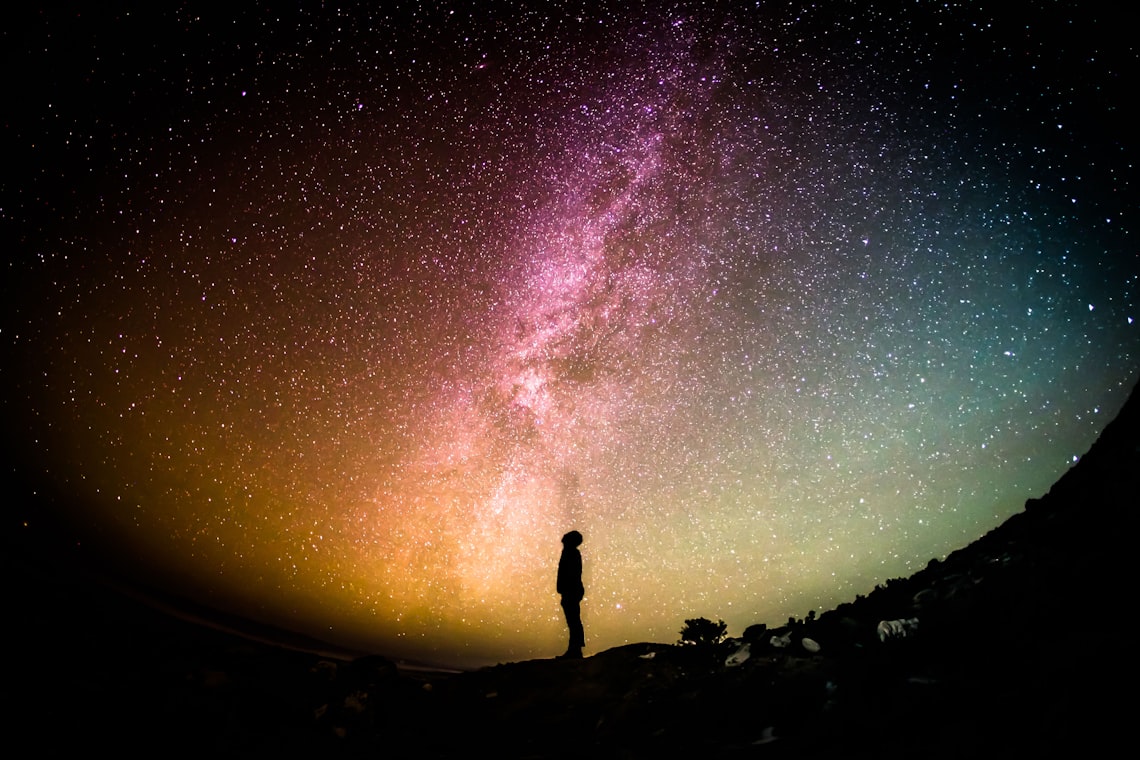Once upon a time, in the vast icy wilderness of the Arctic, a peaceful world was being disrupted by a grave danger lurking beneath its frozen surface - the melting ice caps. This is a story of how a natural phenomenon turned into an environmental catastrophe, threatening not only the creatures that call the Arctic home but the entire planet.
Amidst the frigid landscape, the polar bear family - Mama Bear, Papa Bear, and their two cubs, Snowy and Icy, lived harmoniously, relying on the ice caps for their survival. The ice provided a platform for them to hunt seals, their primary source of food. But their world was about to change.
As global temperatures rose, the ice caps began to melt at an alarming rate. It started slowly, just a crack here and there, but soon enough, the ice was no longer reliable. Mama Bear struggled to find seals to feed her growing cubs. Papa Bear, once a mighty hunter, found himself swimming longer distances in search of food.
The melting ice caps not only affected the polar bears but also disrupted the delicate balance of the entire Arctic ecosystem. The walruses lost their resting platforms, the fish populations declined due to changes in water temperature, and the indigenous communities had to adapt to the shifting environment.
Meanwhile, far away from the Arctic, the impact of the melting ice caps was felt worldwide. As the ice melted, it released vast amounts of freshwater into the oceans, leading to rising sea levels. Coastal areas and low-lying islands faced increased risks of flooding, displacing communities and destroying habitats. The extreme weather events intensified, jeopardizing lives and causing economic losses.
But the dangers didn't stop there. The melting ice caps contributed significantly to climate change. The ice reflected sunlight back into space, helping to regulate the Earth's temperature. With less ice, more sunlight was absorbed, leading to further warming. This vicious cycle accelerated global warming, affecting weather patterns, agricultural productivity, and overall biodiversity.
It became clear that the consequences of melting ice caps were far-reaching and devastating. The once serene Arctic was transforming into a battleground for survival, with every creature struggling to adapt to the rapidly changing environment.
So, what can be done to mitigate these dangers? The answer lies in international cooperation, sustainable practices, and reducing greenhouse gas emissions. By addressing climate change as a global priority, we can begin reversing the damage caused by the melting ice caps and prevent further catastrophes.
The story of the melting ice caps serves as a grim reminder of the urgent need to protect our planet and its delicate ecosystems. Let this be a wake-up call for all of us to take action, for if we ignore the dangers before us, we risk losing not only the polar bears and the Arctic but also our own future.




